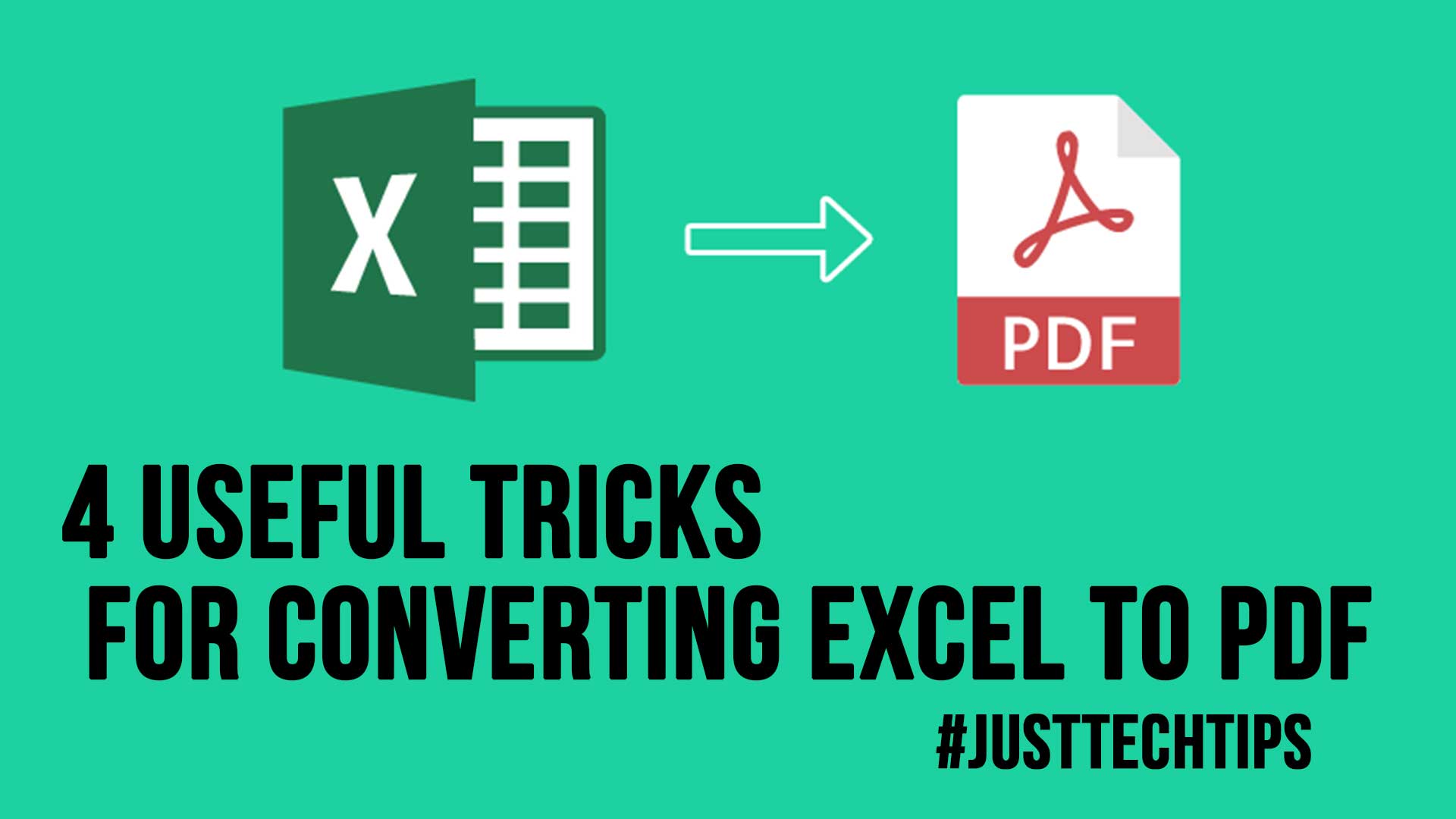With the world getting more and more Internet-based, working from home and collaborating remotely is becoming the norm.

Part of the many administrative duties that office workers are asked to do is convert files to the standard PDF format that’s printer-ready. If you find yourself in this situation and you have no idea what to do, here are some useful tricks to help you out:
1. Use a browser-based web application
If convenience is what you’re looking for, converting excel to PDF files should be a breeze with a browser-based web application.
Sites like PDF Bear has a suite of PDF-centric applications that can operate on the specific conversions you want on your file. Aside from Excel files, you can also convert Word documents as well as Powerpoint presentations in a jiffy.
Heavily depending on this method is usually applicable to Excel files that were sent to you, and you did not originate in creating.
These Excel files can be reformatted when opened in different software, for example, Excel (Windows) to Numbers (Mac).
It’s safer to directly upload the Excel document for conversion on apps like PDF Bear to preserve the original formatting rather than to open it on a compatible software on hand.
Also Read: Top 9 Free Video Converter To Mp4 For Windows/Mac
2. Always convert at the “Best” possible setting
If you are the one creating the Excel file, when the time comes for conversion, always set the conversion into the “Best” possible setting.
This means that the elements of the file are preserved to its highest possible resolution. This way, you preserve the crispness of the text, line breaks, formulas, and fonts used.
Don’t worry about the resulting file size, as although it probably would be heavier than the usual PDF file; you can compress it after for better sharing.
The point of setting the conversion type to the best possible result is that you get the most truthful representation of the document you’ve created when it is ready to print.
3. Bear in mind that excel sheets will be converted by paper size
The process of converting Excel files to PDF may be automated and usually stress-free, but most people fail to factor in that sheets will be converted depending on the paper size set.
This is why proper formatting on the Excel sheet itself is necessary in order to have a PDF file that’s clean and unencumbered.
When setting the paper size for your sheets, A4 is the safest bet to go. It’s the universal standard and is ISO-certified.
Unless it is specified, let’s say, for example, a US Short or Long, always defer to the standard. Set the page margins as well.
Closing in your margins at the top, right, left, and the bottom is preferable if the document is in the landscape. If it is in Portrait, the standard once inch on every side should suffice.
4. Make sure the converted PDF file can be reverted if it comes down to it
This isn’t discussed enough among work teams all over the world. When converting Excel to PDF, it should be noted that the resulting PDF file can be easily and seamlessly reverted back to its original form.
This is especially helpful when you are collaborating online. The time spent in sending the raw file over a messaging platform could be time spent doing other important things.
Also Read: Are Registry Cleaners Still Needed On Windows 10?
Takeaway
For office workers around the globe, there’s no situation more frustrating when a simple task like converting excel to pdf turns haywire.
With the tricks listed above, you’ll have an easier time dealing with PDF conversions ins and outs of. After all, this task should just be part of the normal processes of office work.